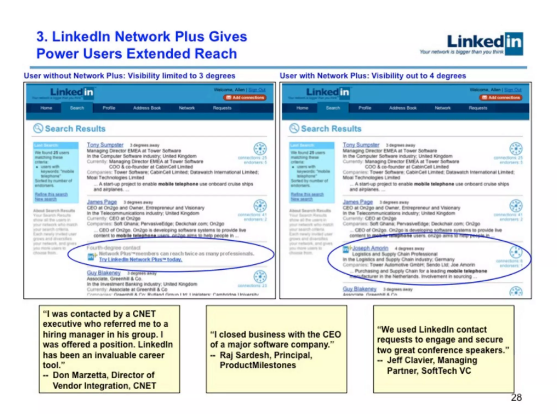Creating a pitch deck can be intimidating. The burden of responsibility is like the whole world on your shoulders. You need to make it right. And we want to help.
If you want a guide on how to write a successful pitch deck, we have a great article that you can basically use as an instruction.
We’ve also got an article with examples of great pitch decks that gave a kick start to some of the most successful businesses.
Today we are exploring the common mistakes many entrepreneurs make that can turn investors off.
In 2024, we are armed with a great number of tools and resources that startups of 2004 or 2012 couldn’t even dream of. So we can’t keep that against them. However, we can see how we can use the technological progress to our advantage and create perfect pitch decks that our ‘predecessors’ couldn’t.
1. Overloading with Text
One of the most common mistakes is cramming too much information into each slide. Investors are notoriously short on time, and a wall of text can be off-putting.
Example: LinkedIn’s first pitch decks had too many text-heavy slides. They attempted to explain their business model with dense paragraphs, leaving investors struggling to find key information.

TIP: Aim for one main idea per slide and support it with a few bullet points and relevant visuals. Keep text to a minimum. If you are pitching in person, fill in the details yourself.
Fortunately, these flaws haven’t cost LinkedIn a business opportunity. And it learned from its own mistakes.
Look at the design of their later deck slides.

2. Lack of Visual Appeal
A bland, uninspired design can make even the most compelling business idea seem dull. However, be careful here: overly flashy designs can distract from your message.
Example: Mixpanel is a successful company providing software analytics for products and marketing. Their initial pitch deck was very simple, even too simple. It turned out effective (which matters the most), but it still lacked excitement.


TIP: Use a clean, professional design with consistent fonts, colors, and layouts, but include high-quality images and infographics. They will help illustrate your points and keep your audience engaged.
3. Focusing Too Much on the Product
Entrepreneurs often spend too much time on their product’s features and not enough on the business model, market opportunity, and financial projections. The problem is that potential investors are interested in those things. A lot.
Example: In its early days, Tinder’s pitch deck focused heavily on the problem they were solving and how its product provided a solution. They didn’t focus on the business model enough. The slide is bleak and shoved at the very end of the deck.

Fortunately for them, the investors saw the bigger picture, and, as a result, we got the most popular dating app in the world.
And they learned the lesson, too. Look how their “Revenue Opportunity” slide looks in a later pitch deck.

TIP: While it’s important to explain what your product does, make sure to also cover how you plan to make money.
4. Ignoring the Competition
Pretending you have no competition or failing to address how your solution differs from all the existing ones is a mistake in the pitch deck you don’t want to make.
Example: Tinder made this mistake in its pitch deck. They didn’t analyze the competitive landscape or highlight it. They managed to get away with it, but you may not. You should demonstrate to investors your awareness of the market and strategic planning.
Here’s how Airbnb did it in its original pitch deck.

TIP: Always include a slide on competitors. Be honest about who they are, and clearly articulate how your solution is different and better.
5. Unrealistic Financial Projections
Inflated or overly optimistic financial prospects can undermine your credibility. Don’t underestimate investors. They will see through your spin. The key to a successful pitch is showing realistic, achievable goals backed by solid data.
Example: Theranos Inc., an infamous consumer healthcare technology company, promised revolutionary medical technology with unrealistic timelines and revenue projections. This ultimately contributed to the company’s downfall when it couldn’t deliver on its promises (apart from multiple fraud charges for its executives).

TIP: Make your financial forecast realistic and provide a clear rationale for your numbers. Use historical data, market research, and industry benchmarks to support your pitch.
6. Neglecting the Team
Investors not only invest in ideas but in people as well. That is why, neglecting to show your team can make it harder for investors to trust your ability to realize the plan.
Example: We’ll give you a good example here. YouTube’s original pitch deck highlighted the founders’ backgrounds and relevant experience, building confidence in their ability to succeed. This personal touch helped investors connect with the team and trust in their vision.

TIP: Include a slide that introduces your team, highlighting their relevant experience and skills. Explain why your team is unique and set to win.
Final Thoughts
We walked you through the most common mistakes companies make when creating their pitch decks (especially if they are aspiring startups and are just entering the market).
We also found examples among well-established, successful companies (mostly) to show you that even the best of us are not guaranteed from mistakes. Those business giants were paving the way for us, and the slips were inevitable.
You are in a much better position. You can use expert recommendations or delegate tasks to experienced professionals like our Wonderslide team. We use AI and other vanguard technologies to make pitch deck creation fast, easy, and fun.